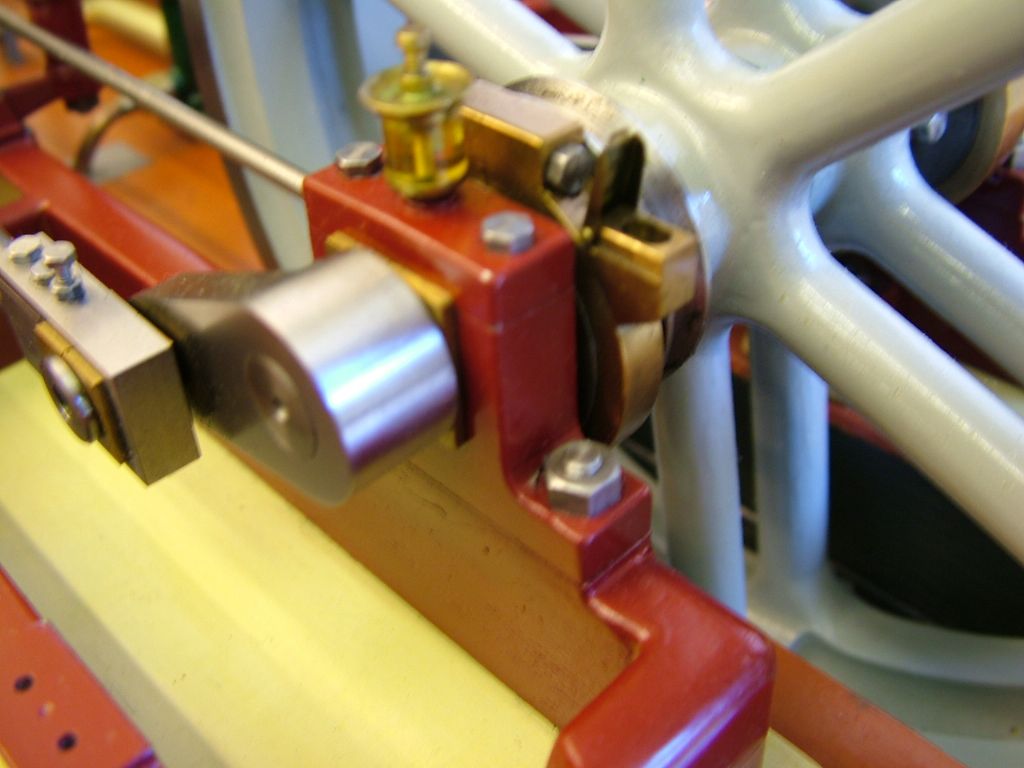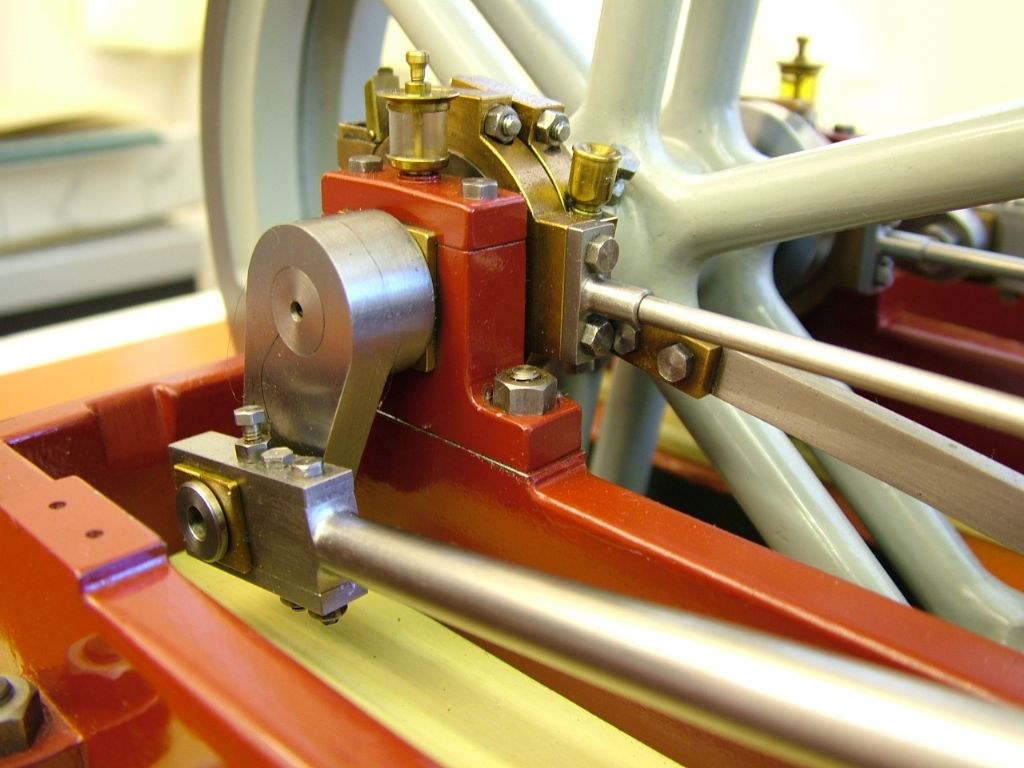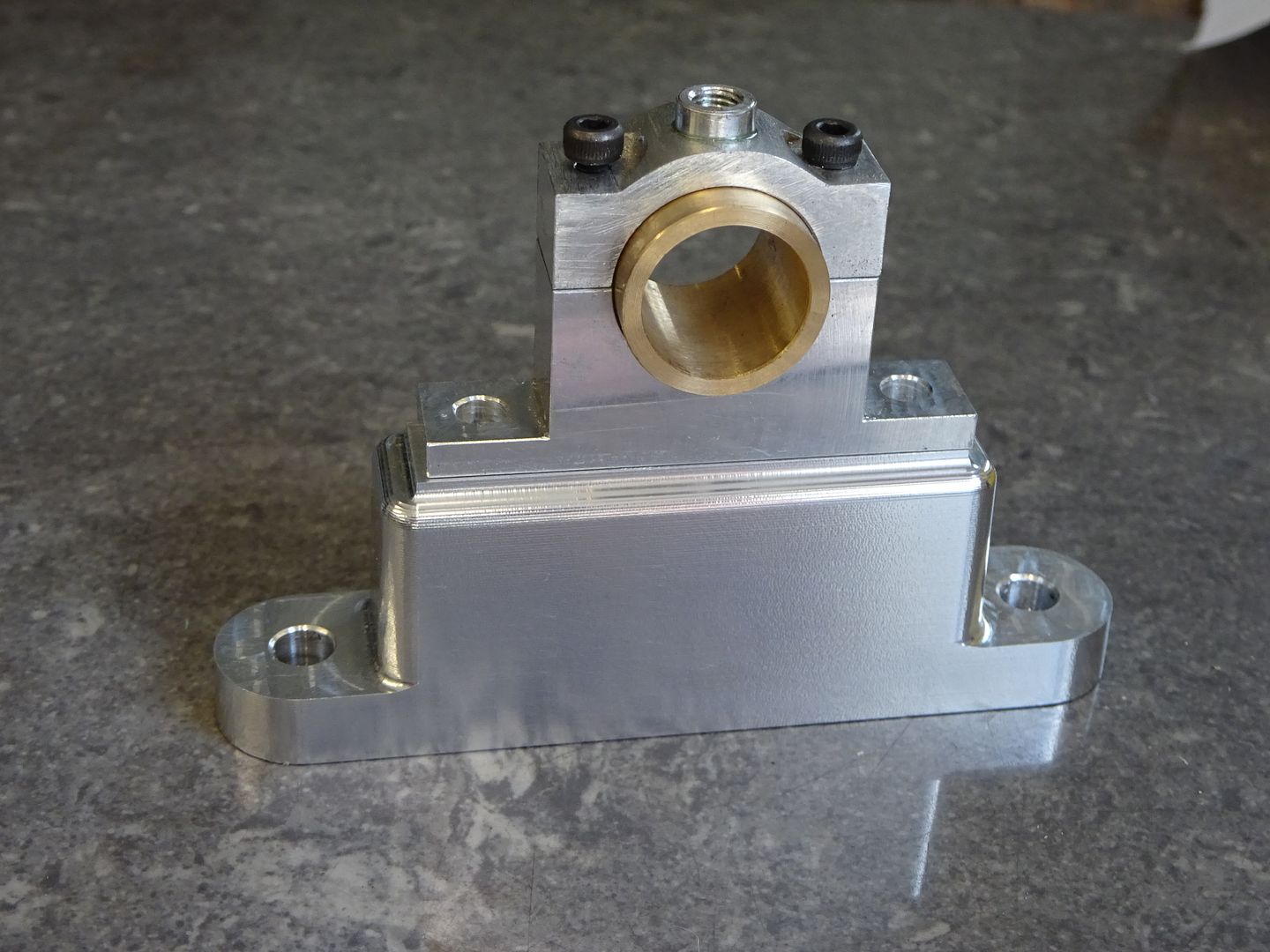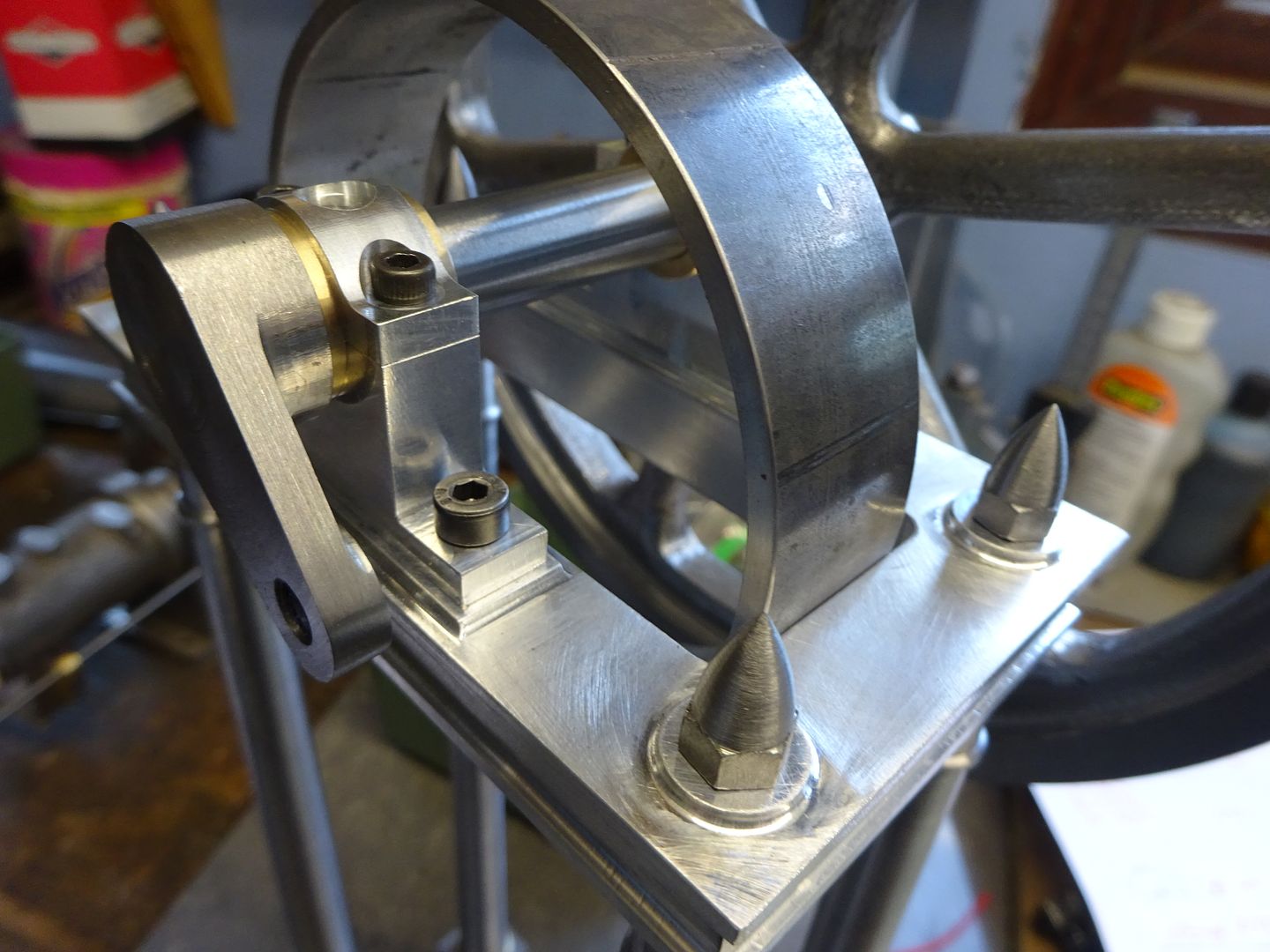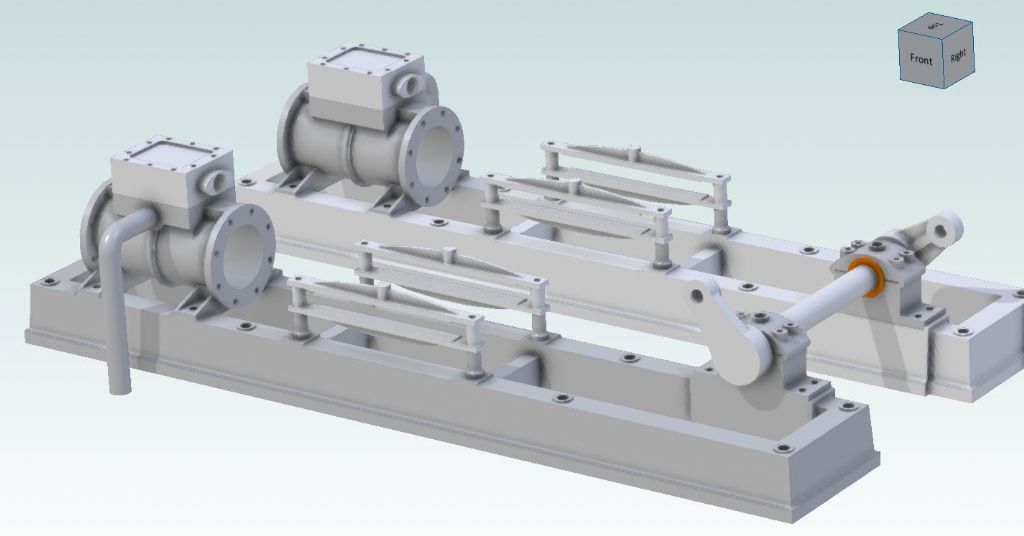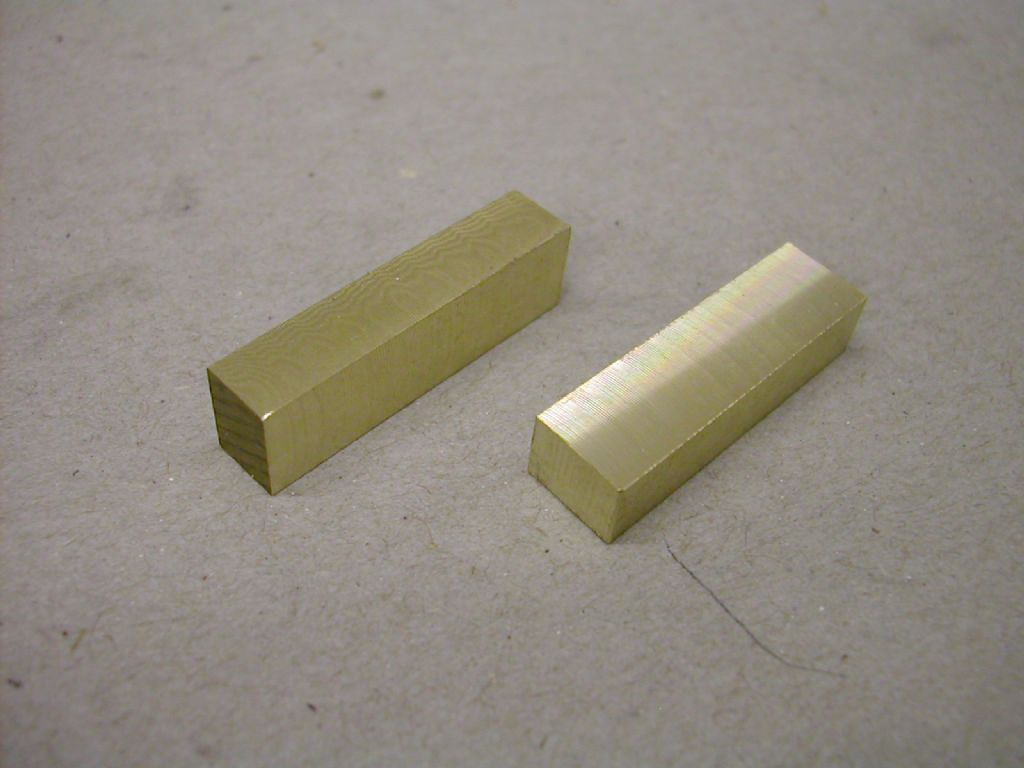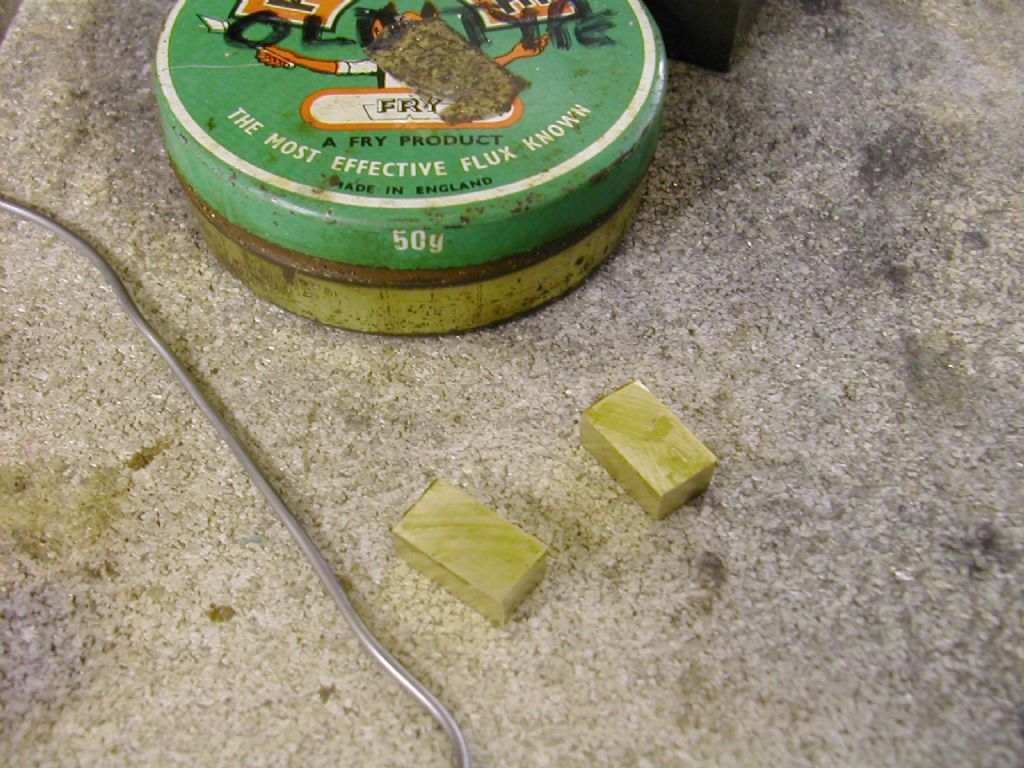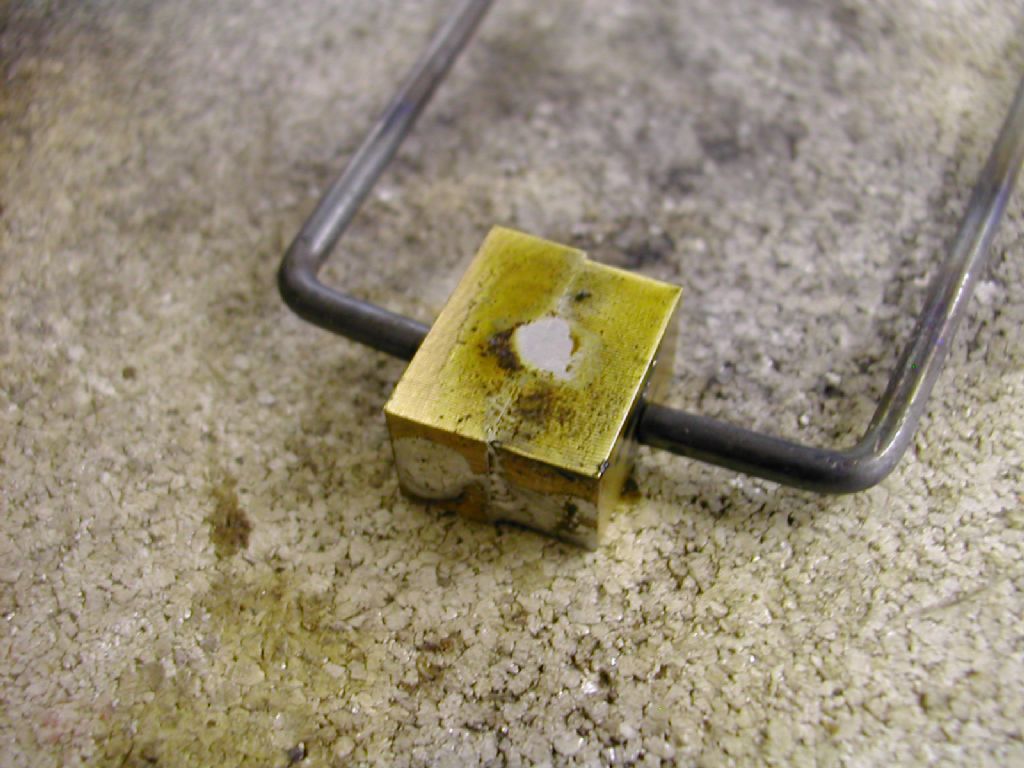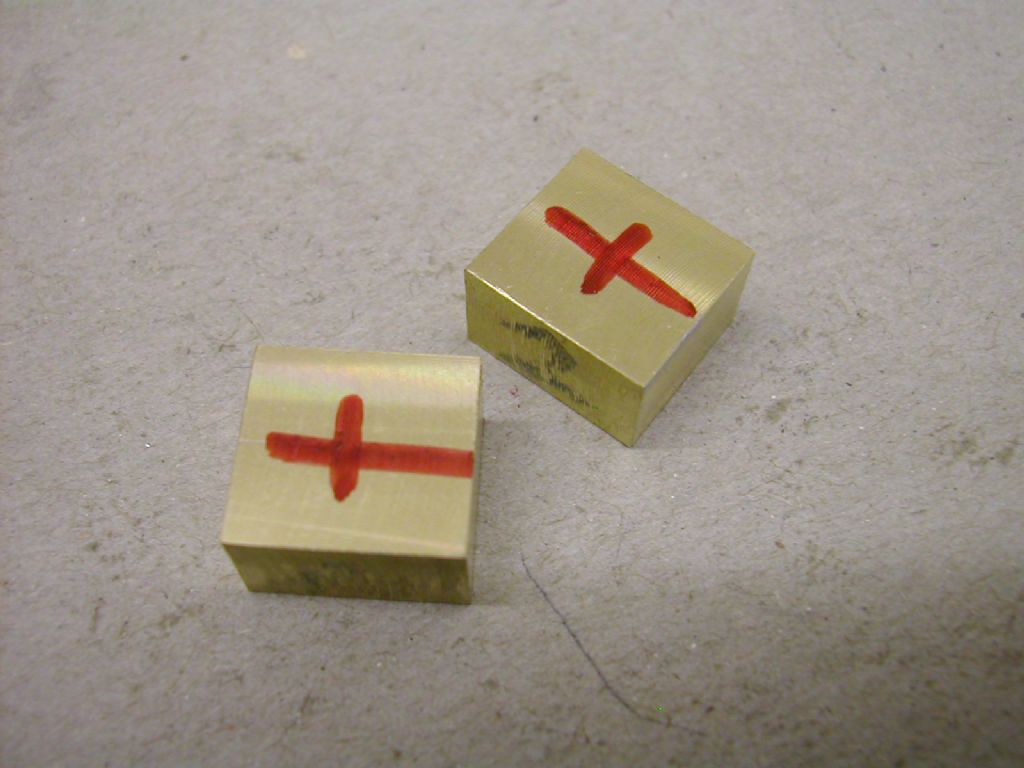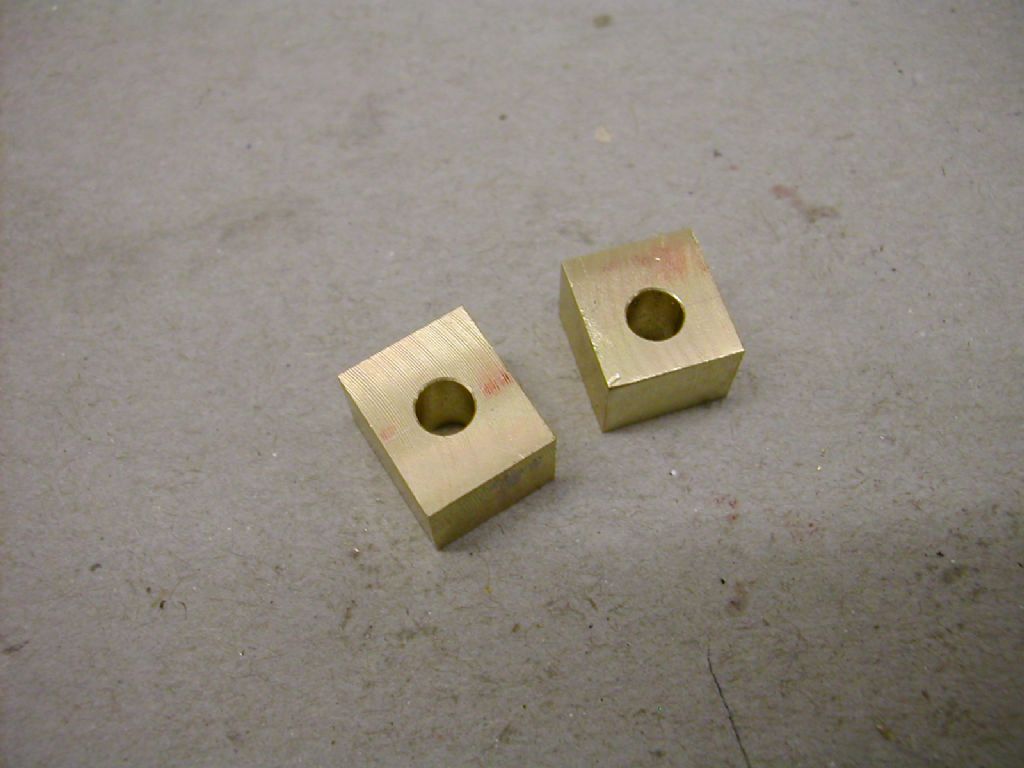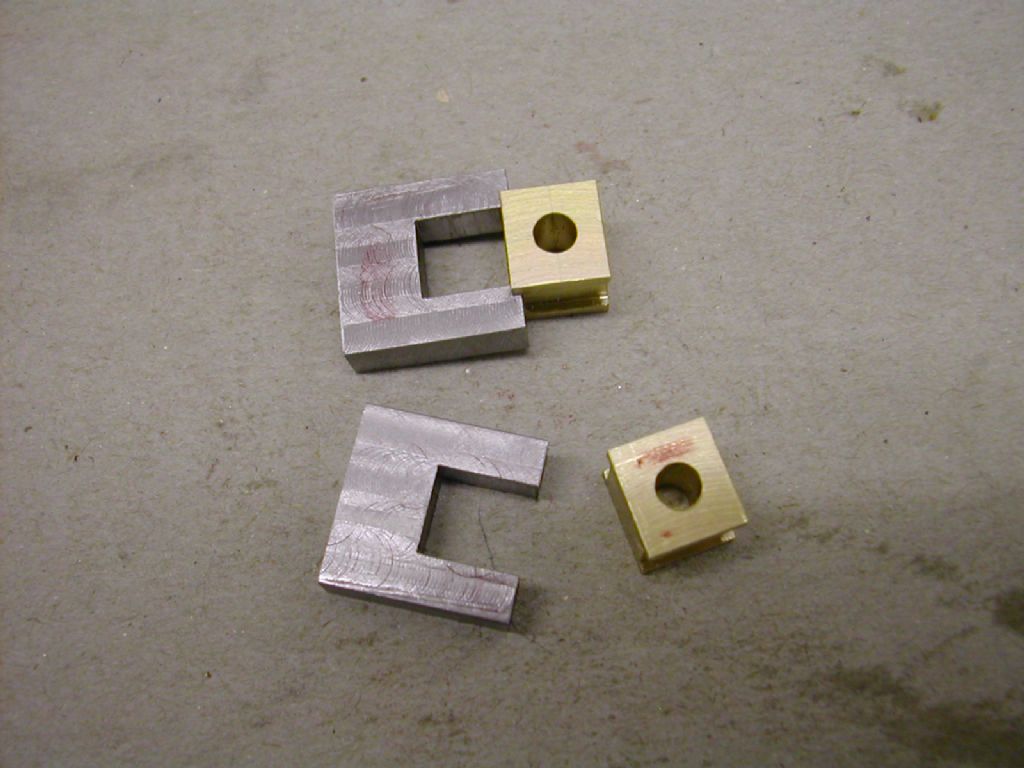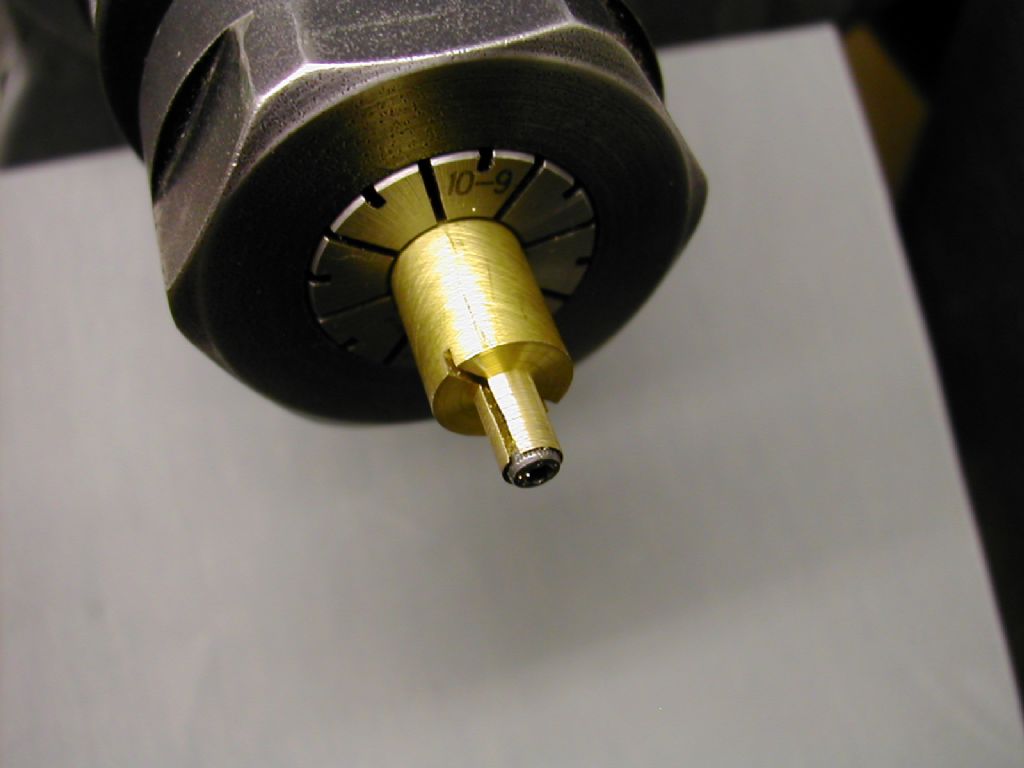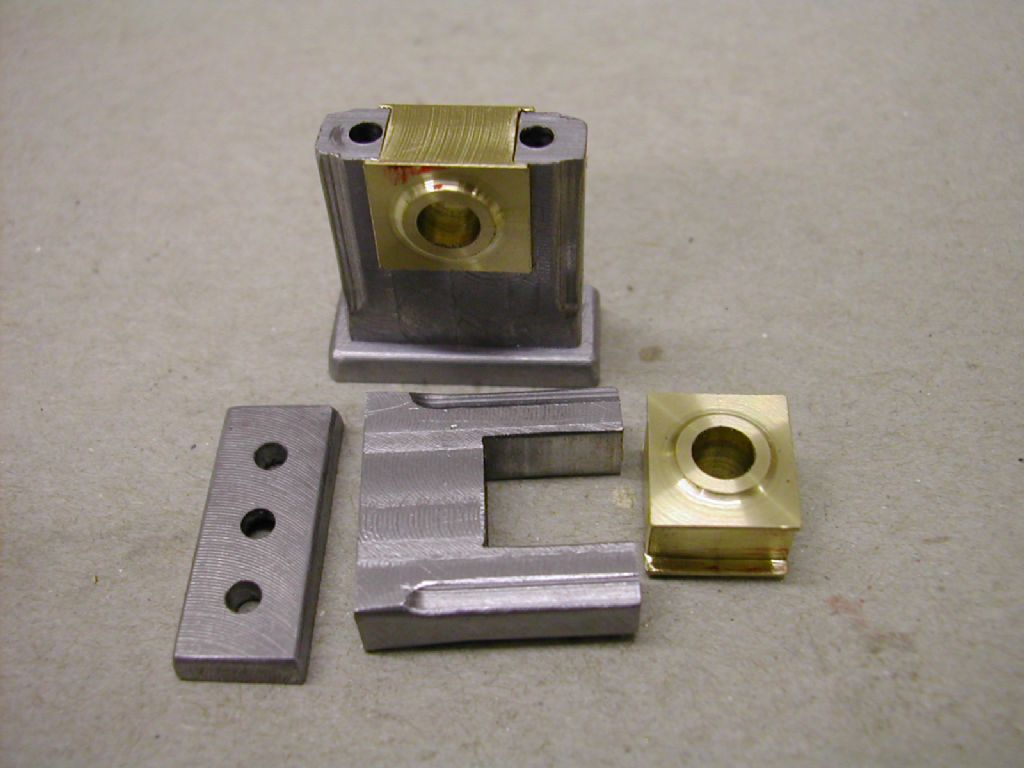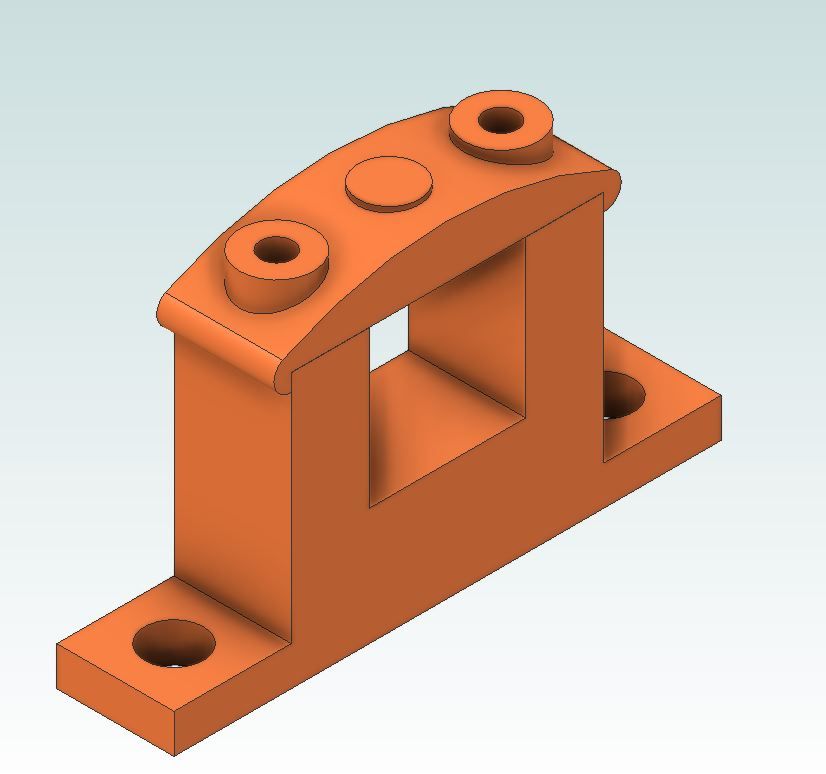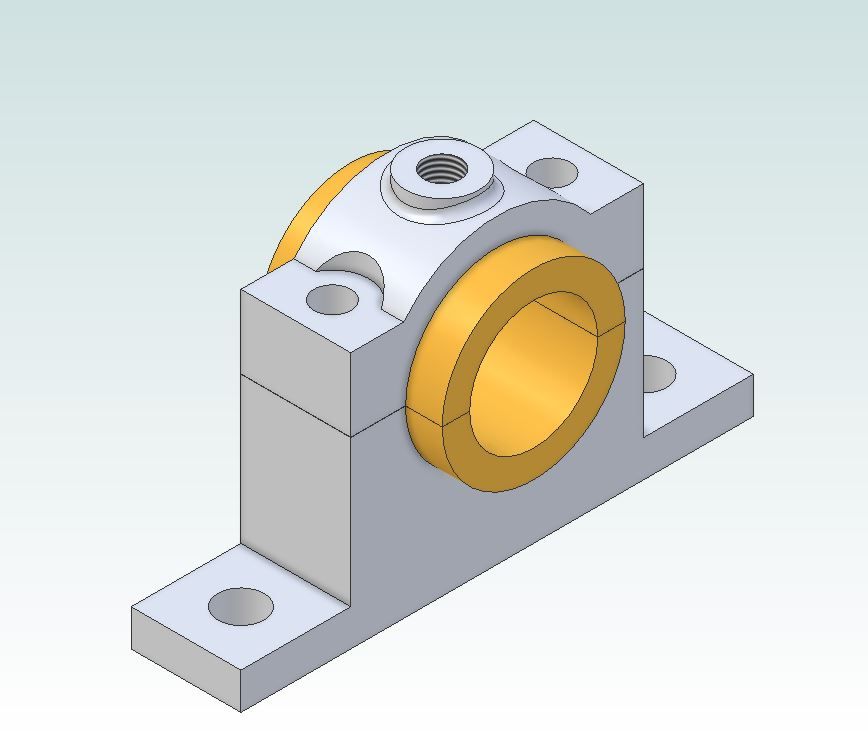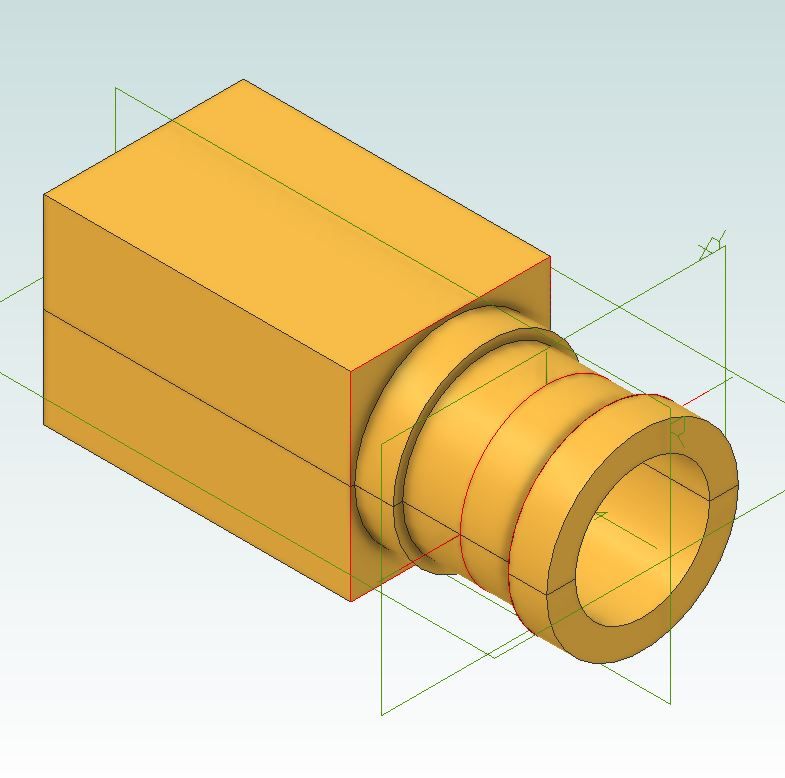Hi Doc, good to see you moving forward.
First thought is a note of caution as after the cast iron the gunmetal is a considerably softer material and can distort and will easily with little pressure. It's important to bear in mind good firm 'clamping' – chuck, clamps or vise with minimum pressure.
Personally I would do near as you suggest for the initial ops but only skimming the top and lower surfaces of the pedestals the absolute minimum to clean up bringing them as near parallel as you can Do the same with the mating surface of the top cap. Accurately measure the distance of the pedestal top face from the lower face on both parts and make a note of it.
Tin each part with soft solder and solder the two parts together.
Set in the mill vise with the lower face to the fixed jaw and hole face pointing upwards. Move to the solder line (the dimension you noted down) and the sideways centre of the casting by eye. Drill, bore and ream the holes for the crankshaft. Ignore all other faces at this stage.
Make up an expanding mandrel in the lathe and mount gently to face the two outer bearing boss faces. Don't be tempted to do any other turning at this stage as you may spring the joint apart.
Transfer to the mill and still on the mandrel gently mill the lower face relative to the mandrel at the same setting for both blocks. Rotate 180 degrees and drill and tap for the bolts on the centre line – take the tapping drill just into the lower bearing pedestal.
You can now handle this with more firmness ref clamping pressure so-
Fit bolts and back in the lathe do the remaining turning to bring the bosses true then hold in the mill vise lower face uppermost to drill the main hold down bolt holes. Do the oil hole etc and finally heat to break apart. Gently lap the solder off on some wet and dry on a flat surface.
Gunmetal needs really freshly ground edges on any tooling as it is easily 'pushed' rather than cut by even the slightest dull cutter ie one previously used on steel.
By milling the faces to the bore it's much easier to measure to the mandrel and as all ops are done from the mandrel everything thing will be square.
The one thing I would not do – under any circumstance is bore this component using a four jaw chuck to previously machine faces. The potential for distortion is high, the accuracy of chucking two parts the same doubtful at best.
That's my take – no doubt others will differ so listen to all before you make your mind up but my caution on machining gunmetal stands – very easily spoilt in a split second
Good luck with it 
Ramon
Edited By Ramon Wilson on 13/07/2022 17:15:11
 JasonB.
JasonB.

